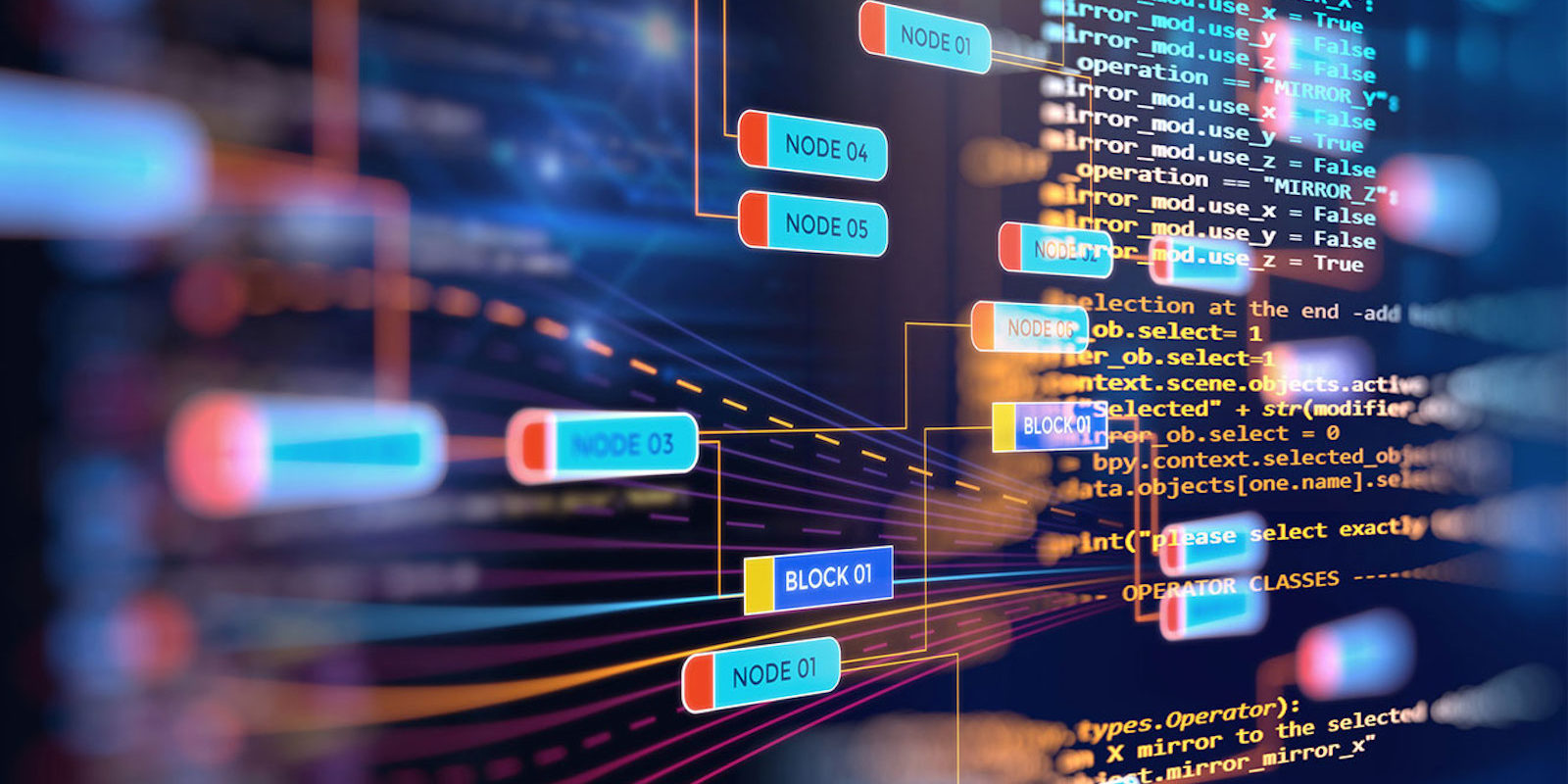Telecom & Technology Consulting

Unless you’ve been living deep in the Amazon jungle, you know how the world is now more connected than at any time in history. Technical advances, data sharing, and the massive digital transformation of corporations has sped up communication and created seamless connections between millions of people. But as much as we reap the advantages of this new order, we also have to contend with the negative ramifications on cyber security. Because wherever there’s sensitive data, unscrupolous individuals will try to get their hands on it.
To begin, let’s look at how the very manner in which we communicate can be dangerous. For example, there has recently been a 50% increase in mobile banking malware. Translation: Just by using banking apps, we are making ourselves vulnerable to cyberthieves. And those same online criminals will try to manipulate us through other digital avenues, such email, text messages, and social media.
Since we’re on the subject of vulnerability, we can’t overlook the combination of 5G networks and adoption of IoT devices. As we see more 5G networks, we’ll also see more connected IoT devices, which means more potential security breaches. That’s because, plain and simple, devices connected to big networks and cloud storage systems create holes in security.
On a related thought, we also have to keep an eye on the proliferation of Artificial Intelligence (AI). Remember, although AI helps companies with their digital transformation initiatives, it can also hurt societies by spreading false new stories all over social media. But that’s only one way how AI, inadvertently, causes damage. Interestingly, the AI methods used by the good guys to proactively respond to cybercrime are used by the bad guys to access networks and steal valuable data.
But the wars go far beyond individual security experts vs. individual cybercriminals. There is now a cyber battle of wits between entire countries, most notably the U.S vs. China. This war was sparked mostly by trade conflicts, but also because of the race by both super powers to have superior technology and online influence. In that light, we will continue to see cyberattacks not only between the U.S and China, but also between smaller, less influential countries.
No matter if it’s the federal government or a corporation, everyone must reexamine their cloud strategy. In order to halt cyberthieves, you must implement a strategy that moves your organization from detection to prevention. The problem is that while most enterprises run most of their workload via the cloud, they still lack a firm grasp of cloud security knowledge. In many cases, companies deploy and only later try to squeeze in a security solution. But security needs to part of the solution from the beginning, and must scale as needed.
Cyberattacks, as well as other online crimes, have traditionally been viewed as events that “only happen to other people.” Yet everyday we all seem to read about another breach at a major retailer or organization. Within two degrees of separation we all know people who have been victims of online fraud or identity theft. These crimes are real and no one is immune. In fact, some cybercrimes have become so difficult to contain that the FBI now feels companies should actually pay when there is a ransomware incident.
The bad news is that cybercrimes will only increase in amount and scope over time. There are still too many opportunities, too many easy targets, too many virtual open doors. But the good news is we don’t have to be sitting ducks. When we anticipate threats armed with the right strategies, knowledge and tools, we can reduce much of the potential damage. They key is to transform the way we view security – we must shift from a defensive mindset to an offensive mindset. That’s the only way the good guys can win.